Though the RMS Carpathia was some 58 miles away when it received the Titanic's distress call, the steamer navigated treacherous waters at top speed to reach the sinking ship — and managed to rescue 705 people.
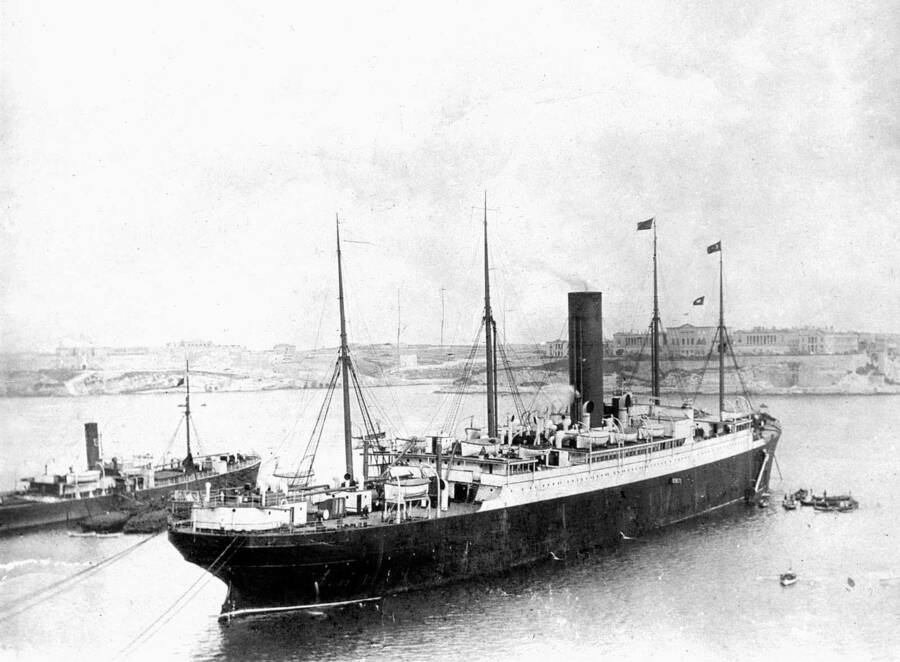
Public DomainThe RMS Carpathia famously rescued 705 Titanic survivors after the doomed ship struck an iceberg and sank.
Shortly after midnight on April 15, 1912, Harold Cottam, the telegraph operator of the RMS Carpathia, idly decided to call the RMS Titanic. His shift was over, but he wanted to alert his counterparts that there were some messages waiting for them. To his shock, the Titanic responded with a distress signal: They’d hit an iceberg, and the ship was sinking — fast.
Cottam swiftly alerted his captain, Arthur Henry Rostron, who ordered the Carpathia to fly to the Titanic’s aid. Though they were more than 50 miles away — and though the seas were clogged with ice — the Carpathia raced through the night to reach the foundering ship.
They arrived some three and a half hours later to find the Titanic gone — and 705 of its passengers huddled in lifeboats.
“It should not have happened,” the Carpathia’s second officer, James Bisset, later wrote in his memoirs, “but it did happen!”
The Story Of The Carpathia Before The Titanic
A decade before its rescue of the Titanic, the RMS Carpathia was built by Swan and Hunter for the Cunard Line. Its construction started in September 1901, and the Carpathia sailed on its maiden voyage in May 1903.
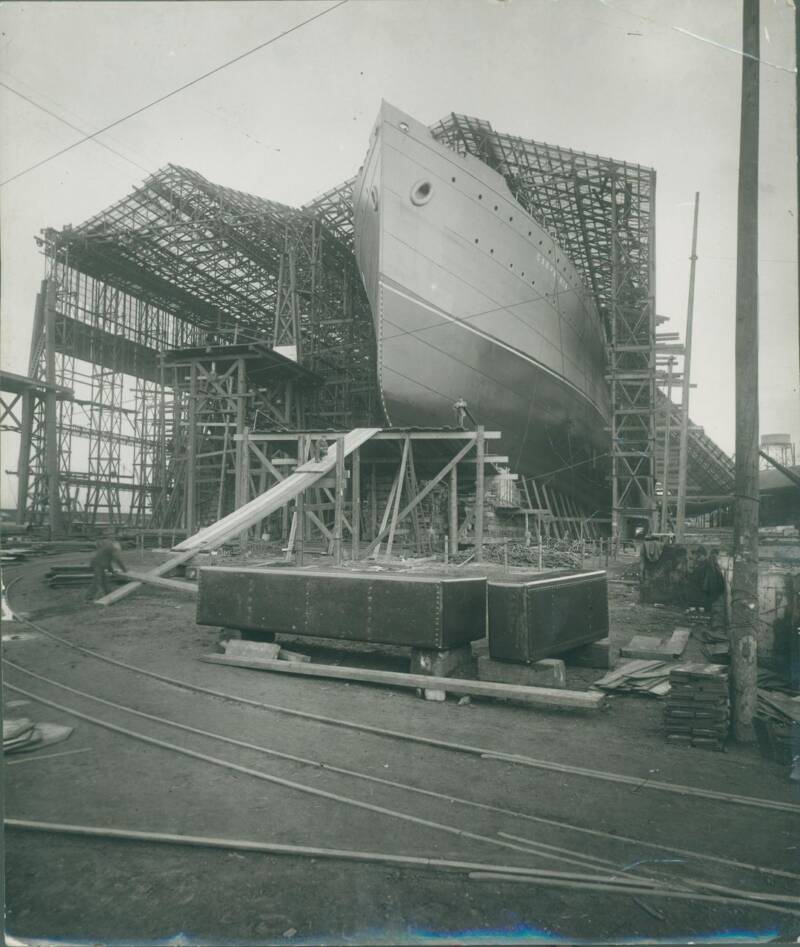
Public DomainThe RMS Carpathia was built about a decade before the Titanic.
Unlike the Titanic, which was heralded as the world’s largest passenger ship and one of the most luxurious, the Carpathia was more of a functional vessel at first. It initially didn’t even have first class cabins, and spent its first couple of years at sea carrying tourists and immigrants between Liverpool and New York City in the summer, and New York City and Italy and Austria-Hungary in the winter.
In 1905, the ship was renovated so that it could carry 2,550 passengers instead of 1,700, and first class cabins were added. In 1912, the ship also got a new captain: Arthur Henry Rostron.
On April 11, 1912, the Carpathia departed New York City for Trieste, Italy, and Fiume in present-day Rijeka, Croatia. Across the Atlantic, the RMS Titanic had just set sail in the opposite direction for its maiden voyage. Captained by Edward Smith, the Titanic had drawn attention for its opulent amenities like its gym, and because the ship was allegedly “unsinkable.”
“She was described in newspaper reports as ‘the Wonder Ship,’ and ‘the Last Word in Luxury,'” James Bisset, the second officer on the Carpathia, later wrote in his memoirs. “Advance publicity acclaimed her as ‘the Unsinkable Ship’ and as ‘the Biggest Ship in the World.'”

ullstein bild/ullstein bild via Getty Images
Crowds gather in front of the Titanic as the ship prepares to take off on its maiden voyage. April 10, 1912. Southampton, England.
The claim that the Titanic was unsinkable would soon be put to the test.
“We Have Struck A Berg”: The Carpathia Responds To The Titanic‘s Distress Call
On April 14, 1912, both the Carpathia and the Titanic received a number of warnings about ice. Neither Smith nor Rostron were unduly concerned. Both were experienced sailors, and Rostron told Bisset: “It seems to be a big field. Keep a sharp lookout. Carry on!”

Library of CongressThe crew of the RMS Carpathia.
That evening, the Carpathia received word that the ice was dangerously thick in some places. A ship called the Californian had even stopped for the night because of ice, which led Rostron to remark that it was “hard luck” for the Titanic, which would probably be late to New York on its maiden voyage.
Indeed, the Titanic was just a few miles away from the Californian — the exact distance has been debated — but it continued on at a high speed. It was traveling at around 20.5 knots when it struck an iceberg at 11:40 p.m.
Then, the Titanic started to sink.
As the catastrophe unfolded, the Titanic’s two telegraph officers began to send out distress signals. This was difficult, painstaking work, as they could only send or receive one message at a time. Their desperate missives didn’t even reach the ship closest to them, the Californian, because its telegraph officer had already gone to bed.
About 58 miles away, the Carpathia’s telegraph officer, Harold Cottam, was also preparing to end his shift. He had unlaced his boots and taken his headphones off but — at the very last minute — decided to alert the Titanic to an accumulation of messages pouring in from Cape Cod.
“Good morning, old man,” Cottam messaged. “Do you know that there are despatches for you at Cape Cod?”
To his alarm, the Titanic responded: “Come at once. We have struck a berg.”
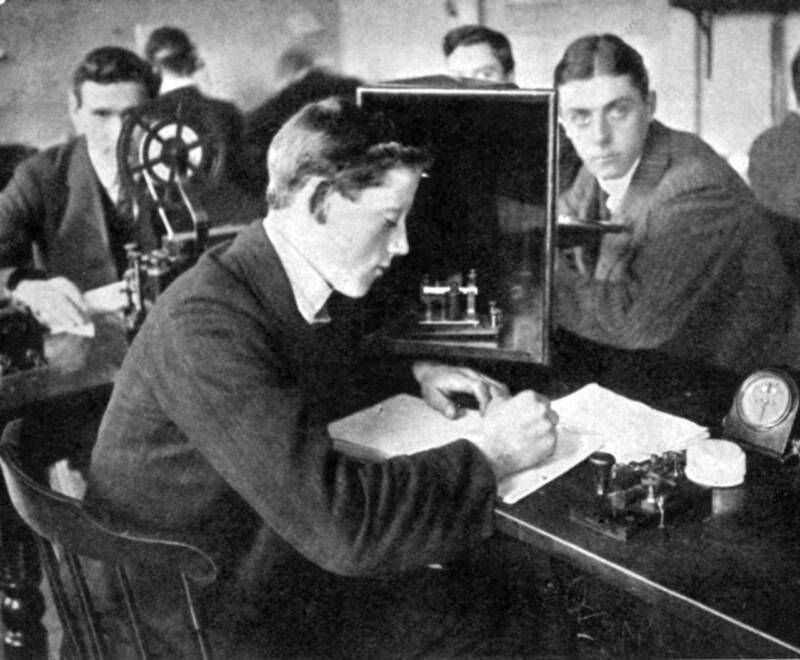
Public DomainHarold Cottam at the British School of Telegraphy.
As he told the BBC in 1956, Cottam immediately alerted the senior officer on watch. But the crew initially expressed skepticism. The Titanic was allegedly unsinkable, and some sailors didn’t trust the new wireless technology — even Bisset wrote in his memoirs that he and the crew considered Cottam to be of “very little use.” So Cottam charged below deck and woke up the captain.
“I rushed down the ladder and knocked on the captain’s cabin and as I saw a light I rushed in,” Cottam recalled to the BBC. “[Rostron] said ‘Who the hell?’ Or words to that effect. So I said ‘Well, the Titanic’s struck ice, sir, and she’s in distress. I’ve got the position here.’ So he said ‘Well, give it to me,’ and he put a dressing gown on and went.”
Then, Rostron ordered the Carpathia to sail to the Titanic‘s rescue.
The Carpathia Rescues Titanic Survivors
At the time that Cottam received the Titanic’s distress signal, the Carpathia was about 58 miles away from the Titanic. It would take hours for them to get there, and they would have to navigate the icy waters. But Rostron was determined to help the foundering ship.
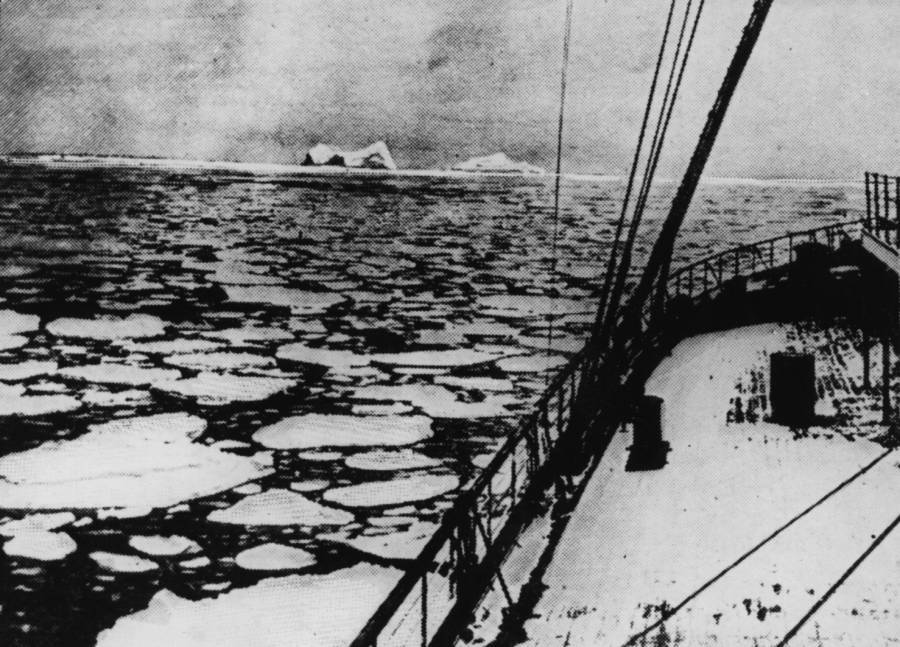
Hulton Archive/Getty ImagesThe icy waters where the Titanic sank, as seen 10 days before on April 4, 1912.
“The Titanic has struck a berg and is in distress,” Rostron explained to his officers, according to Bisset’s memoir. “We will make our utmost speed in going to her rescue. Call out an extra watch in the engine-room and raise every ounce of steam possible…. We may have to pick up 2,000 or more people. All stewards on duty to prepare blankets, hot coffee, tea, and soup. The doctors to stand by in the dining-rooms… Everything must be done as quietly as possible so as not to alarm our own passengers.”
The Carpathia was designed to travel at 14 knots, but the crew pushed the steamer to its limits, accelerating to an astonishing 17 knots. All the while, at this higher speed, the ship’s officers had to keep an eye out for icebergs.
They passed six as they sped through the North Atlantic.
“Captain Rostron later stated his earnest belief that the ‘hand of God was on the helm of the Carpathia‘ during that half hour when, in eight more miles at forced full speed, we zigzagged among the bergs, clearing them with sufficient room as we sighted them one after the other,” Bisset wrote.
At around 4 a.m., more than an hour after the Titanic fully disappeared under the waves, the Carpathia arrived at the scene. To the horror of the officers on board, the Titanic was totally gone. All that remained was some wreckage — and over 700 survivors floating in lifeboats on the icy waters.
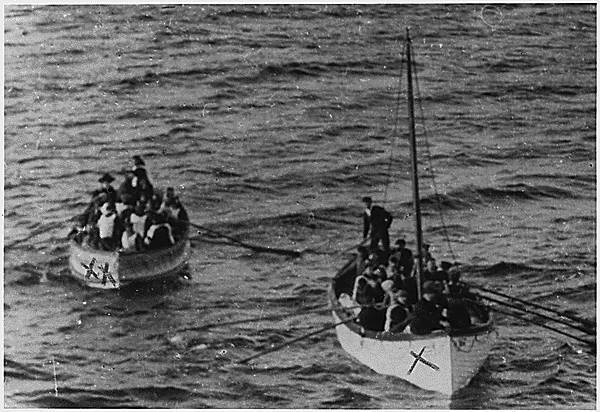
National ArchivesTitanic survivors navigate toward the Carpathia in lifeboats. The Carpathia eventually rescued 705 passengers and crew members from the icy waters.
Within minutes, the Carpathia crew — and soon the passengers as well — began to help the Titanic survivors. They were able to bring 705 people aboard, doubling the population of the rescue ship. Though many Titanic passengers were in a state of grief and shock, some, like the “Unsinkable” Molly Brown, leapt into action. Brown famously organized the wealthy first class passengers to donate money to help the less fortunate.
Then, the Carpathia set sail for New York City.
The RMS Carpathia After The Titanic
The Carpathia reached New York City on April 18, 1912, where an estimated 30,000 people — many of them the loved ones of Titanic passengers — waited to greet it. Some would be heartbroken: Roughly two thirds of the people aboard the Titanic had died during the ship’s sinking.
Amid this cloud of grief, Rostron was feted as a hero. He was awarded numerous honors, including the Congressional Gold Medal and the American Cross of Honor, and was presented with a silver cup by Titanic survivors.

Public DomainMolly Brown presents Arthur Rostron with a silver cup as a token of thanks from the Titanic survivors he rescued.
The Carpathia would continue to sail until World War I, when it helped transport Allied troops and supplies. Sadly, it met a similar end to the Titanic when it sank on July 17, 1918. But though an iceberg had doomed the Titanic, the Carpathia met its end at the hands of German U-boats.
Its sunken wreck was discovered 80 years later, in 1999, about 185 miles off the coast of Cornwall, England. However, the ocean grave of the Carpathia — unlike that of the Titanic — has drawn little interest.
But the Carpathia itself is an important part of the Titanic story. As the doomed ship began to sink, Rostron and his crew raced to its rescue through treacherous waters. Had Cottam not decided to message the Titanic, the infamous story of its sinking could have had an even more tragic ending.
After reading about the RMS Carpathia, the ship that rescued the Titanic survivors, go inside some of the wildest conspiracy theories about the Titanic tragedy. Or, look through these heartbreaking Titanic artifacts.





